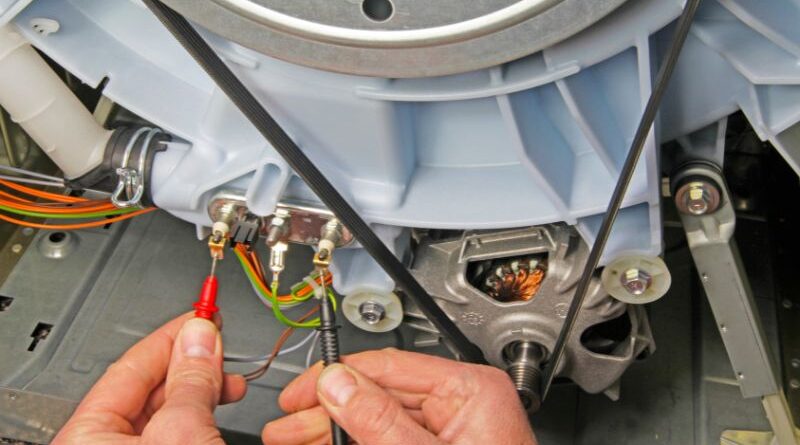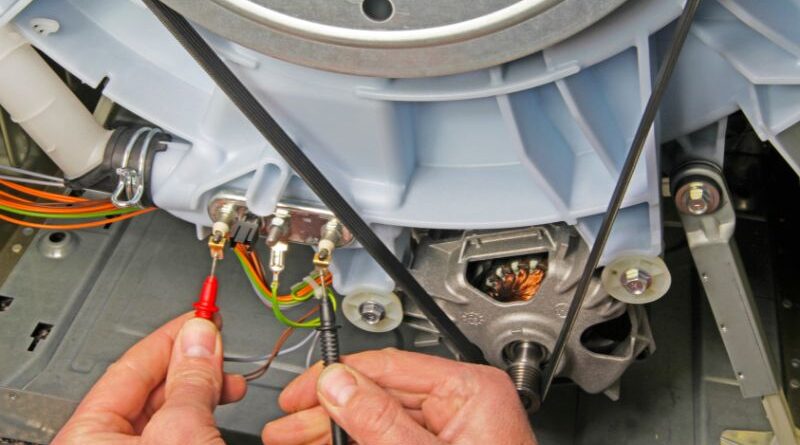
Basics: Conductors, Insulation, Magnets in Machines
The main essential properties of electrical machines are those of the conductors of electrical devices, the insulation system necessary to isolate the circuits and the special steels and permanent magnets used in the magnetic circuit.
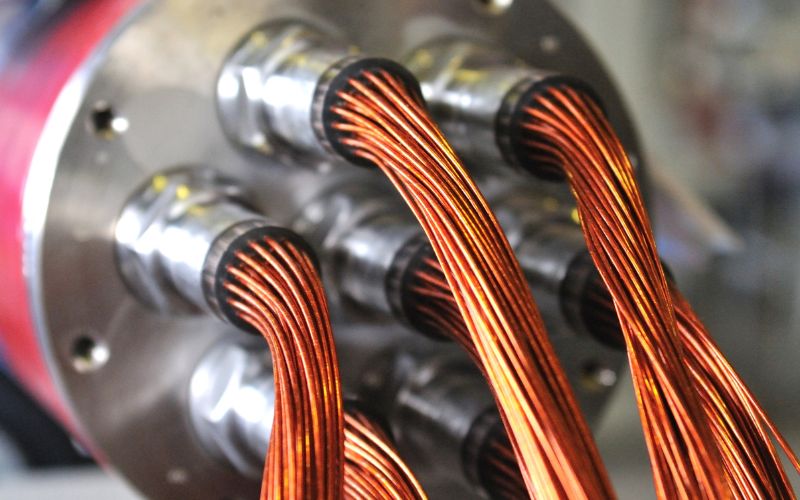
Material selection and properties
- Conductive materials include a variety of substances, from traditional metals such as copper and aluminum to modern high-performance alloys.
- Material properties such as electrical conductivity, thermal conductivity and mechanical resistance are crucial for suitability for certain applications.
- When selecting conductive materials, a balance must be struck between efficiency, cost and environmental impact.
Electric conductivity
- Electrical conductivity is the ability of a material to conduct electrical current.
- Materials with high electrical conductivity, such as copper, are preferred for applications that require minimal energy loss during transmission and conversion.
- Advances in materials engineering aim to improve conductivity while maintaining other necessary properties.
Heat dissipation and efficiency
- Conductive materials not only facilitate the flow of electricity, but also help dissipate heat generated during operation.
- Efficient heat dissipation ensures longer machine life and optimal performance.
- Thermal conductivity is a key factor in heat regulation in electrical machines.
Electromagnetic properties
- Conductive materials influence the magnetic behavior of electrical machines.
- Materials such as iron and steel are used in magnetic cores to improve the efficiency of transformers, motors and generators.
- Magnetic properties affect the efficiency, power factor and overall performance of the machine.
Superconductors and new technologies
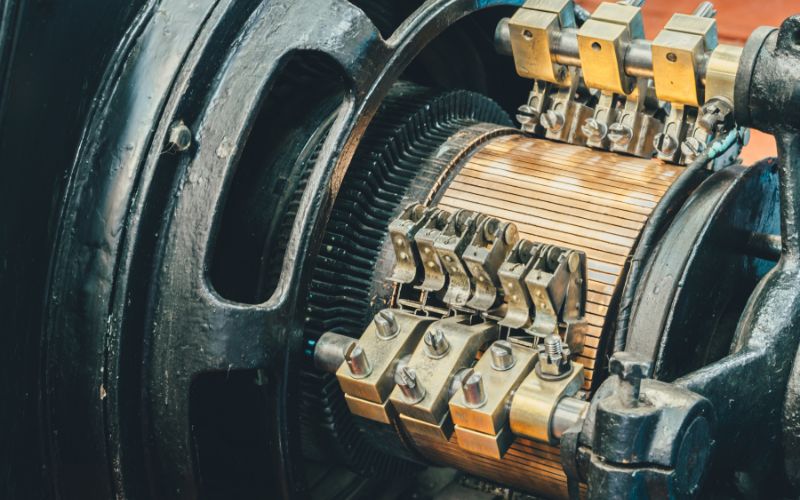
- Superconducting materials offer no electrical resistance at low temperatures and promise unprecedented efficiency in electrical machines.
- The goal of research into high-temperature superconductors is to enable practical applications without extreme cooling.
- These materials have the potential to revolutionize energy transmission and storage.
Challenges and future directions
- Challenges include finding materials that balance conductivity, cost and environmental impact.
- New technologies, such as nanomaterials and composite conductors, offer opportunities for advances in the design of electrical machines.
Conductive materials

The essence of the flow of power
- Conductive materials are selected for their exceptional electrical conductivity, allowing them to transmit electrical currents efficiently with minimal resistance.
- Copper and aluminum are preferred due to their high conductivity, making them ideal for power transmission and distribution.
Power generation and engines
- Conductive materials are used in generators to create magnetic fields and facilitate the conversion of mechanical energy into electrical energy.
- Motors use these materials to convert electrical energy into mechanical motion to power machines and devices.
Energy transfer
- Conductive materials serve as the backbone of power transmission lines, facilitating the long-distance transportation of electricity from generation sources to end users.
- Its low resistance minimizes energy losses during transmission.
Electronics and circuits
- Conductors like copper create traces on printed circuit boards (PCBs) and integrated circuits.
- These materials enable the complex networks that power computers, smartphones and various electronic devices.
Sustainable energy technologies
- Renewable energy sources, such as solar panels and wind turbines, contain conductive materials to generate and transport electricity.
- Material innovations contribute to improving the efficiency and viability of sustainable energy solutions.
Challenges and innovations
- The search for more efficient conductive materials continues and is driving research into new materials and composite structures.
- Challenges include balancing conductivity, cost, environmental impact and durability.
Future horizons
- Nanotechnology and the discovery of new materials promise to revolutionize conductive materials.
- Advances like high-temperature superconductors could fundamentally change energy transmission and storage.
Factors to Consider When Designing Electrical Machines
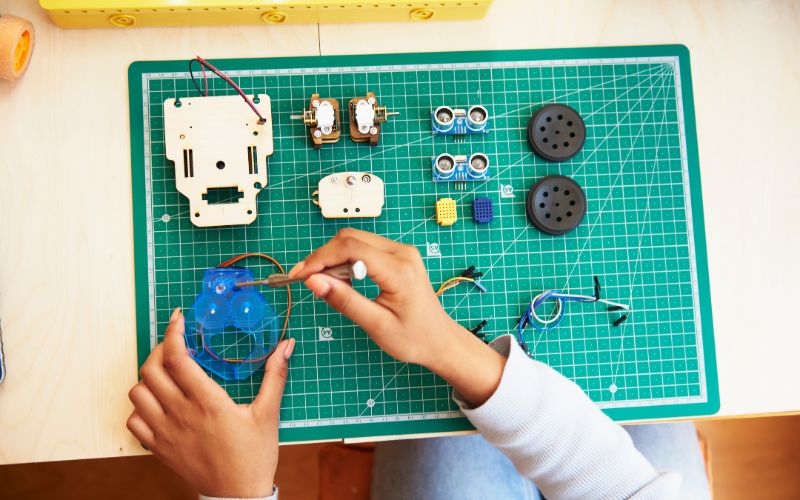
- Small low value of the resistance temperature constant.
- A small resistance value or a high conductivity.
- High corrosion resistance.
- High thread count.
- High freezing point.
- Allow soldering, gluing or soldering to ensure connections are reliable.
- Extremely malleable and elastic. Robust and economical.
| Yes No | details | copper | aluminum |
| 1 | Resistance to 20 0°C | 0.0172 ohms/m/ mm2 | 0.0269 ohms/m/ mm2 |
| two | Conductivity at 20 0 C | 58.14× 106 S/m | 37.2× 106 S/m |
| 3 | Density at 200°C | 8,933 kg/m3 | 2,689.9 m³ |
| 4 | Temperature coefficient (0-100 Ó C) | Explanation: Temperature increases by 1 Ó C, resistance increases by 0.4% for aluminum | |
| 5 | Linear expansion coefficient (0-100 Ó C) | 16.8×10 -6 By Ó C | 23.5×10 -6 By Ó C |
| 6 | tensile strength | 25 to 40 kg/ mm2 | 10 to 18 kg/ mm2 |
| 7 | Mechanical properties | very malleable and elastic | not very malleable and elastic |
| 8th | fusion point | 1083 0 C | 660 0 C |
| 9 | Thermal conductivity (0-599 W/m 0 C | 599 W/m 0 C | 238 W/m 0 C |
| 10 | To place |
It's easy to weld
|
cannot be welded easily |
Classification of DC machines

DC machines with carbon brush switching
- Carbon brush commutation is a common method in DC machines.
- The carbon brushes provide a sliding electrical connection to the rotating armature, allowing current to flow to the coil's various windings.
- These machines generally use copper or copper alloys for the armature winding conductors.
Copper and other conductive materials
- Due to its excellent electrical conductivity and mechanical properties, copper is often used in armature windings in DC machines.
- Copper offers low resistance, allowing current to flow efficiently and reducing energy loss.
- Copper alloys, such as phosphor bronze, are also used for specialized applications where greater durability is required.
Enameled wire in field windings
- The field windings that generate the magnetic field generally use copper magnetic wire with a high-temperature insulation coating.
- Magnetic wire ensures effective current flow and maintains insulation integrity under operating conditions.
Innovations in superconducting materials
- With their ability to conduct electricity at low temperatures without resistance, superconducting materials offer exciting prospects for innovation in the field of direct current machines.
- High-temperature superconductors offer the potential to increase machine efficiency and reduce energy losses.
Advances in nanomaterials
- The research explores the use of nanomaterials such as carbon nanotubes and graphene to improve the conductivity and performance of conductive components in DC machines.
- Nanomaterials hold great promise for optimizing efficiency, thermal management, and overall machine design.
Classification considerations
- The choice of conductive materials affects the efficiency, reliability and economy of the machine.
- I classify DC machines based on conductive materials to help develop custom machines for specific applications.
Conclusion
In the complex world of electrical machines, conductive materials emerge as unsung heroes, orchestrating the flow of electricity that powers our modern society. This exploration of the “science behind conductive materials in electrical machines” revealed a symphony of principles where electrical conductivity, thermal management and magnetic behavior harmonize to drive efficiency and reliability. The remarkable journey through materials like copper and alloys and emerging technologies like superconductors and nanomaterials underscores their crucial role in advancing machines. As we move into an era of sustainable energy and technological advancement, the continued development of conductive materials will set the pace of electrical progress and orchestrate a future where efficiency and innovation come together to illuminate our electrified horizons.

